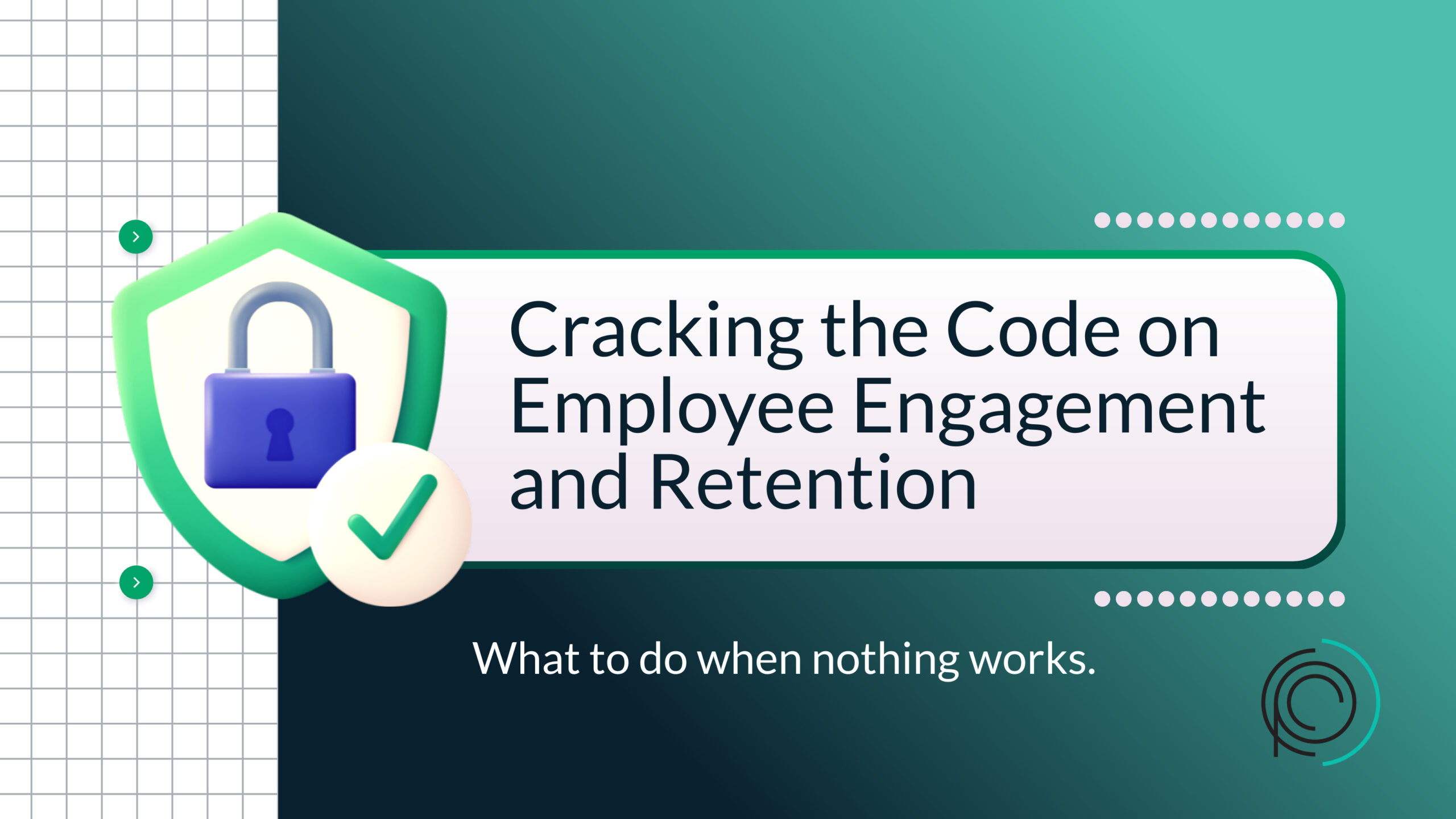From Aspirations to Action: Crafting a Culture Fingerprint That Resonates
Head to the “about” page of virtually any company website, and you’re almost guaranteed to find a section detailing the company’s values and culture. This is a common practice designed to communicate to potential customers and employees what the company stands for. However, there’s often a noticeable disconnect between the lofty ideals once penned by a group of optimistic executives or founders and the reality of daily operations on the ground. This gap can lead to disillusionment among employees and skepticism among consumers.
To bridge this divide and ensure that everyone from the top executives to the newest intern is on the same page, it’s crucial to establish a genuine culture fingerprint, a unique identifier that truly represents the essence of your company’s culture, and then actively work to embed this into every aspect of your organization. This isn’t just about having a catchy slogan or a set of aspirational values displayed in the lobby. It involves deep introspection, a willingness to make tough changes, and a commitment to consistent action.
Activating your cultural fingerprint means more than just paying lip service to a set of values; it requires practical steps to integrate these values into every business process, from hiring practices to day-to-day operations. Here’s how you can start: culture fingerprint. By doing so, you can create a more cohesive, motivated, and productive workforce that is truly aligned with the company’s vision and values.
Understanding the Concept of a Cultural Fingerprint
First, let’s delve into what we precisely mean by a cultural fingerprint. To put it simply, a cultural fingerprint can be thought of as a comprehensive descriptor that encapsulates an organization’s unique culture. This includes detailed insights into how the organization fosters specific outcomes, its typical patterns and behaviors, along with its points of pride and areas of strength.
At first glance, the concept of a cultural fingerprint might seem elusive or overly subjective, potentially alienating those who are more inclined towards concrete, analytical thinking. However, the advent of modern technology is revolutionizing the way cultural fingerprints are understood and utilized, making them more concrete and quantifiable than ever before.
One notable advancement in this area comes from the Katzenbach Center, which has pioneered the Culture Thumbprint Diagnostic. This innovative tool leverages artificial intelligence to meticulously analyze an organization’s culture by gathering and interpreting vast amounts of employee data. By doing so, it can pinpoint an organization’s core strengths and identify potential weaknesses, providing invaluable insights that can guide strategic decision-making and help foster a more cohesive and productive workplace environment.
The ability to concretely measure and understand an organization’s cultural fingerprint is a game-changer. It opens up new avenues for enhancing organizational performance through targeted cultural interventions. As technology continues to evolve, the potential for even more sophisticated tools and methodologies to analyze and improve organizational culture is boundless, promising exciting developments in the field of organizational psychology and business strategy.
Why You Need a Culture Fingerprint
The necessity for a culture fingerprint within your organization can be answered quickly and succinctly: it’s essential to articulate your culture clearly. Without this, how can your team possibly know the expected standards of behavior, and how will your customers understand what to expect from your interactions with them?
A well-defined culture fingerprint is invaluable for several key reasons:
- Branding: It helps in creating a unique identity for your company, setting you apart from competitors and allowing your brand’s values to shine through in every interaction.
- Aiding New Recruits or Applicants: For individuals looking to join your organization, understanding your culture fingerprint makes it easier for them to determine if they’re a good fit, thus streamlining the recruitment process.
- Giving Your Team a Wider Purpose: A clear culture fingerprint unites your team under a shared vision and goals, providing them with a sense of belonging and a deeper understanding of their contribution towards the company’s objectives.
- Reducing Confusion in the Workplace: By having a set of defined cultural norms, employees are less likely to be confused about how to approach their work and interactions with others, leading to a more efficient and harmonious work environment.
- Understanding How Everyday Processes Affect Business Outcomes: Recognizing the impact of your organizational culture on daily operations can lead to better decision-making and improvements in overall business performance.
- Facilitating Remote or Hybrid Working: In today’s increasingly digital workplace, a strong culture fingerprint can help maintain a sense of connection and shared values among remote or hybrid teams, ensuring that distance doesn’t dilute your company’s ethos.
- Letting Employees Know What to Prioritize or Focus On: With a clear culture fingerprint, employees are better informed about what’s important to the company, allowing them to align their efforts with the overarching goals and priorities of the organization.
At its core, creating a culture fingerprint goes beyond merely defining your company’s identity; it involves weaving your core values into the organizational fabric, ensuring they influence decisions, behaviors, and strategies across all tiers. This approach not only elevates your brand’s image but also cultivates a unified, resilient workplace capable of navigating and flourishing amidst challenges.
Moreover, a cultural fingerprint can fulfill this critical role.
Activating Your Culture Fingerprint
After you’ve successfully established a culture fingerprint for your organization, the next crucial step is to activate it in order to see tangible results. Activating your culture fingerprint involves more than merely recognizing the unique aspects of your organization’s culture; it requires a deliberate effort to embed these characteristics into every facet of your operations.
Here are some of the most effective strategies to accomplish this:
- Communication: Clearly communicate the core elements of your culture fingerprint across all levels of your organization. This ensures everyone understands and aligns with the core values and behaviors that make your culture unique.
- Integration: Integrate your cultural fingerprint into all processes, policies, and practices. This alignment helps reinforce the desired culture through every operation and interaction within the organization.
- Recognition: Regularly recognize and reward behaviors that exemplify your cultural fingerprint. This encourages employees to embody these traits, reinforcing the culture you’re aiming to cultivate.
By focusing on these strategies, you can activate your culture fingerprint, embedding it deeply within your organization to drive positive outcomes and achieve your strategic goals.
Assess where you are today and make changes
Before you start working on your fingerprint to represent where you’d ideally like to get with your organization, you need to assess where you are today.
Why not send surveys to your team or host discussion forums? This could involve asking your employees what they feel they prioritize with current processes (e.g., customers), your strengths, and how often you make changes or adapt.
As well as the overriding company culture, you may also consider microcultures within different departments.
Once you figure out where you are today, you can start working out where you want to be tomorrow. That means making a change.
Managers (and possibly informal leaders too) play an essential part in this as they are responsible for understanding the emotional energy of a company and improving the employee experience to get the most out of them. They should also act as role models for new strategies and processes to ensure that your measures really get implemented.
This process may involve introducing incentives, technology, tools, or procedures that encourage certain behaviors. For instance, you could introduce a new step in your customer onboarding process that involves checking in with customers.
Improve customer experience
Most companies are well aware that their customers are the key to their success and try to improve their experience, meaning it will figure in many cultural fingerprints.
However, there’s often a disconnect. You can’t just say you’re customer-focused — your processes need to reflect this. Rather than just implementing separate one-off projects that have customer satisfaction as a focus, it could be something integrated into all other
Managers play a key role in this since they impact employee behavior and satisfaction (which both affect how much care they put into keeping customers happy). However, you also need to notice authentic informal leaders: Those who aren’t necessarily the top performers or managers but have a tendency to catch onto new ideas or take pride in their work, and can have a strong influence over others.
Consider your environment
Even with the right leaders and processes in place, you need to ensure you have the right environment to facilitate success. This is important if you’ve listed prioritizing employee satisfaction as Subtle changes can make all the difference in encouraging productivity and fostering greater employee satisfaction. Is your furniture comfortable? Is there ready access to food?
For instance, men typically favor lower temperatures than women. Some companies are acting on this by giving employees Google smart thermostats, which automatically adjust to the preferred temperatures of different individuals around their desks.
Cultivate a Culture of Success
Culture is often considered an intangible aspect, making it a complex entity to fully grasp and manage. However, the moment you successfully decipher your organization’s cultural code and actively engage with it, you unlock a powerful catalyst for transformation.
We are advocates for recognizing that each organization possesses a unique cultural fingerprint, a critical element in orchestrating successful change management. This unique identity can guide strategies, influence behaviors, and foster an environment of growth and innovation.
Understanding and harnessing the strength of your organizational culture can revolutionize how you navigate challenges and seize opportunities. If you’re curious about how to begin this journey and would like to delve deeper into the significance of your cultural fingerprint, we’re here to help. Contact us to arrange a detailed consultation and take the first step towards unlocking your organization’s potential.







